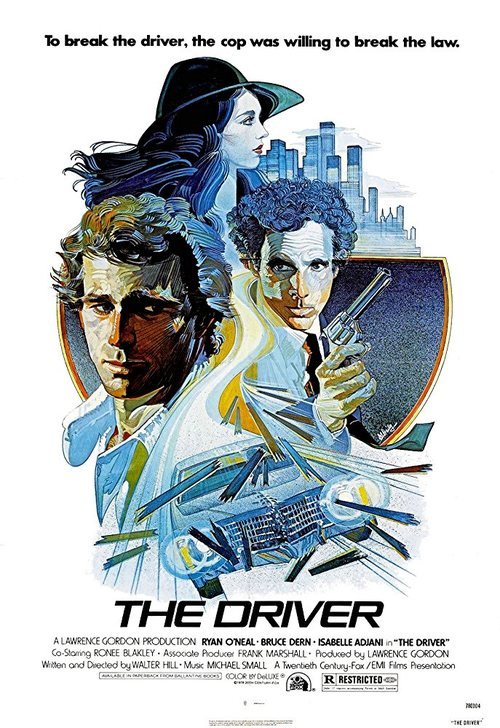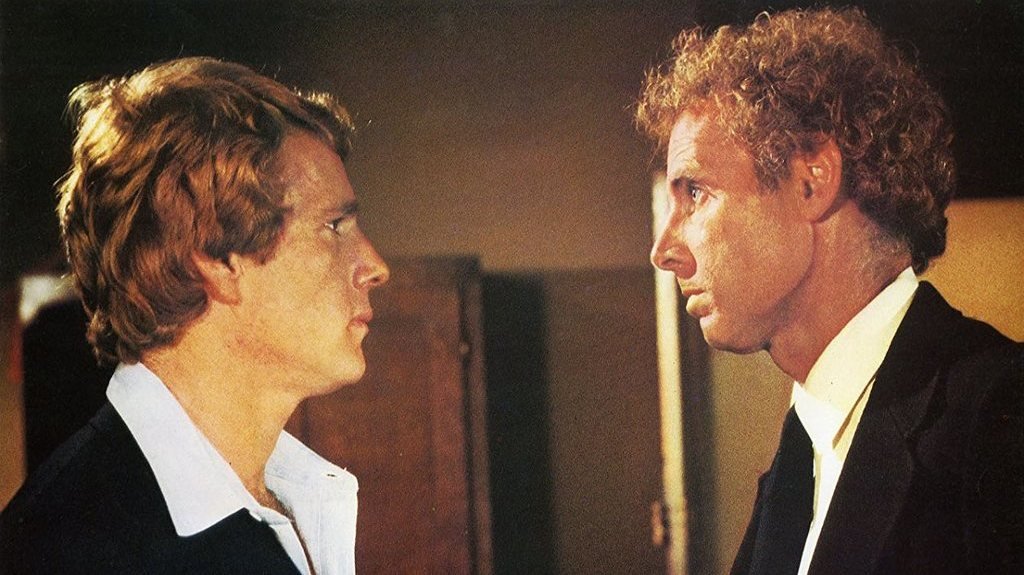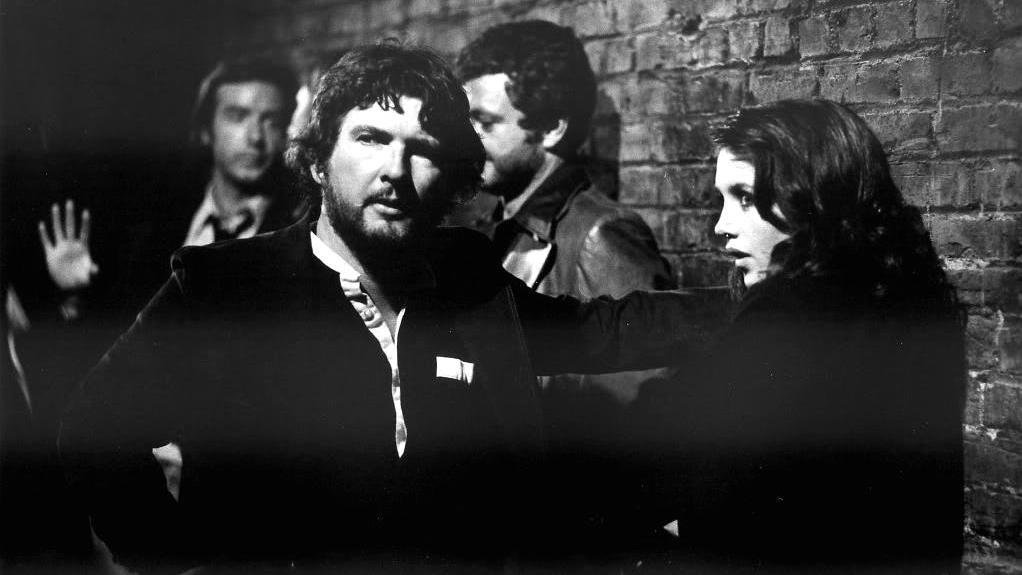THE DRIVER: Walter Hill, Hollywood Minimalist
Normally, one wouldn't use the words 'Hollywood' and 'minimalist' in the same sentence. The Driver is a rare case where you can use both words to describe the same film - and it's a good showcase of how Walter Hill once excelled at making films that embodied both qualities simultaneously.The premise of The Driver strips the process of storytelling to its barest essentials. The protagonist is simply called the Driver (Ryan O'Neal) - no one has a real name, first or last, in this film. He's the best wheel-man in the city and operates with his own code of honor. His foe is the Cop (Bruce Dern), a creepy and obsessive lawman who wants to bring the Driver down, even if it requires him to betray his own laws to do so. Caught in the middle is the Player (Isabelle Adjani), a criminal underworld type who decides to assist the Player when the Cop puts pressure on them both. Minimalism extends to all aspects of The Driver. The dialogue is terse; the performances, even more so. For instance, O'Neal deliberately uses a single steely expression throughout the entire film and often responds to questions from other characters by giving them a silent glare, then walking away. Some have complained that his performance hurts the film by being too static but this is exactly the point: his character never gives away anymore than he wants and O'Neal's choices are perfectly in keeping with this. Adjani follows a similar strategy in her performance. Dern is the only who shows playfulness in his role, but it is designed to fit the egotistical nature of his character and he offsets it with his distinctive brand of creep-out menace.Behind the camera, director and writer Walter Hill revels in making the film as sleek as the story. Using gorgeous yet subtly crafted photography by Philip Lathrop and a subtle, jazzy score by Michael Small, he keeps the film's feel intimate and free of excessive frills. It's all about enjoying the mechanics of pure storytelling and Hill delivers beautifully on this ideal. The finished product offers echoes of Jean Pierre Melville's films, The Killing, various film noir titles and Elmore Leonard's novels but never lapses into overt and explicit homage to any of the above.
Minimalism extends to all aspects of The Driver. The dialogue is terse; the performances, even more so. For instance, O'Neal deliberately uses a single steely expression throughout the entire film and often responds to questions from other characters by giving them a silent glare, then walking away. Some have complained that his performance hurts the film by being too static but this is exactly the point: his character never gives away anymore than he wants and O'Neal's choices are perfectly in keeping with this. Adjani follows a similar strategy in her performance. Dern is the only who shows playfulness in his role, but it is designed to fit the egotistical nature of his character and he offsets it with his distinctive brand of creep-out menace.Behind the camera, director and writer Walter Hill revels in making the film as sleek as the story. Using gorgeous yet subtly crafted photography by Philip Lathrop and a subtle, jazzy score by Michael Small, he keeps the film's feel intimate and free of excessive frills. It's all about enjoying the mechanics of pure storytelling and Hill delivers beautifully on this ideal. The finished product offers echoes of Jean Pierre Melville's films, The Killing, various film noir titles and Elmore Leonard's novels but never lapses into overt and explicit homage to any of the above. And finally, there are the car chases. In fitting with the film's overall approach, the car chases in The Driver are few and far between but when they do appear, they make every second count. Each car action sequence carefully mixes point-of-view footage, external shots and sound effects into a carefully tuned piece of work. None of them are huge in scale or destruction but their sense of precision makes each a joy to watch.Like its main character, The Driver deliberately doesn't give you anything more than the bare essentials so viewers used to being catered to might take issue with it. However, what is offered here is too skillfully assembled for any fan of pure cinema to deny.
And finally, there are the car chases. In fitting with the film's overall approach, the car chases in The Driver are few and far between but when they do appear, they make every second count. Each car action sequence carefully mixes point-of-view footage, external shots and sound effects into a carefully tuned piece of work. None of them are huge in scale or destruction but their sense of precision makes each a joy to watch.Like its main character, The Driver deliberately doesn't give you anything more than the bare essentials so viewers used to being catered to might take issue with it. However, what is offered here is too skillfully assembled for any fan of pure cinema to deny. Blu-Ray Notes: The best U.S. option was the Twilight Time edition, which is long out-of-print. However, there are editions from other countries for those with multi-region players.
Blu-Ray Notes: The best U.S. option was the Twilight Time edition, which is long out-of-print. However, there are editions from other countries for those with multi-region players.


